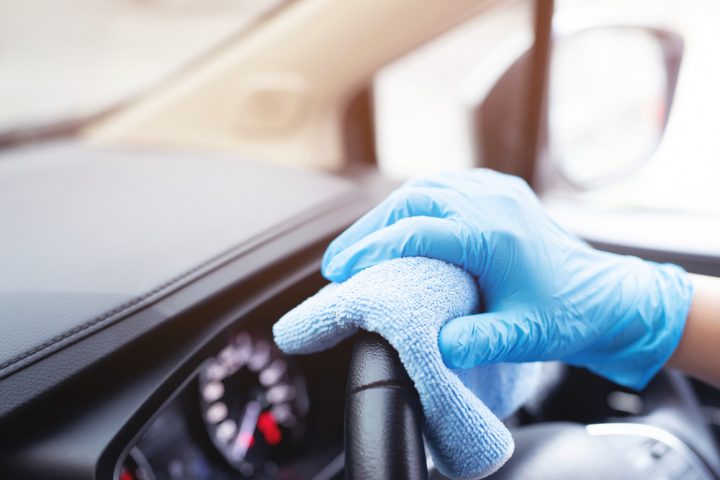With used car sales now being 9% higher than any other period throughout the year it is the perfect time for drivers to list their motor, find a buyer, and do so quickly!
However, as small signs of wear and tear can make a vehicle seem neglected, giving buyers the upper hand to negotiate the price down. This can be a common worry for those looking to sell their car and optimising its value.
But new data, collected by Vertu, has revealed the small changes drivers can make to protect their car’s value – revealing the most cost-effective fixes for increasing your car’s value.
The research found that a deep interior clean (50%) was the best low-cost maintenance task for increasing your cars value. This was followed by fitting new car mats (20%), replacing windscreen wipers (20%), and using a touch-up pen for minor scratches (10%)
Calum Thomson, Group Aftersales Director at Vertu, said, “Sellers often worry about the engine or gearbox, but our technicians know that buyers react to what they can see and touch first.
“The most common mistake is overlooking the easy wins. A deep clean and new wipers cost very little, but they directly influence a buyer’s perception of quality and care, which has a far bigger impact on the final sale price than sellers realise.”
1. Do a deep interior clean
A cabin filled with clutter, dust, or lingering odours is an immediate red flag for potential buyers. It suggests a general lack of care and can make them wonder what other, more serious maintenance tasks have also been ignored.
Start by removing rubbish, mats, and assessing if deep cleaning is needed as this may include removing seats or trim from boot to front.
Then go on to clean door jambs, headliner, and seatbelts. Also dust the trim with a soft brush, then apply cleaner.
Vacuum the seats, carpets, and boot thoroughly, before using a damp microfibre cloth and an appropriate interior cleaner to wipe down the dashboard, door panels, and centre console to remove dust and grime.
2. Fit new car mats
Dirty car mats may seem like a small issue, but they can significantly reduce your vehicle’s resale value. Grime and moisture trapped in worn or stained mats damage the underlying carpets, create unpleasant odours, making your car less appealing to potential buyers.
To fit car mats properly, start by measuring the floor width from the door to the centre divider, focusing only on the actual floor space. Then, measure the floor length from the back of the seat to the furthest point your feet reach while seated. Be sure to account for any irregularities, such as slopes or obstructions in the floor that will affect the mat’s shape.
Next, trace these measurements onto heavy paper to create a pattern for each area. Fit the paper patterns inside your car, trimming or adding pieces as needed until they lie flat and cover the floor precisely.
Finally, measure and record any adjustments made to the pattern, which will help ensure a perfect fit when ordering custom mats.
3. Replace old windscreen wipers
Squeaking, smearing, or split windscreen wipers are not just a safety hazard; they are a sign of poor maintenance that a potential buyer could spot immediately.
When replacing windscreen wipers, check if your new wipers include the plastic attachment needed to fit them to your car. If not, find the right one in the shop or ask for help.
Pull the wiper arm away from the windscreen, only the blade section will come off so be gentle. Locate the attachment (a hook or tabs) near the blade centre to release and remove the old blade.
After lifting the wiper arm away from the glass, locate the small tab on the joint and press it to slide the old blade off. The new one should simply slide on until it clicks securely into place.
Once fitted, give them a quick test with your washer fluid. Any streaking or squeaking is a sign the blade isn’t seated correctly and may need to be re-fitted.
4. Use a touch-up pen on minor scratches
Small stone chips and minor scratches, especially on the bonnet and doors, make a car look tired and can lead to rust if the bare metal is left exposed to the elements. These small imperfections can collectively reduce a vehicle’s perceived value.
To touch up your car make sure the surface is clean and dry, removing any wax or grease for better paint adhesion.
Shake the touch up pen well for at least 60 seconds to mix the paint evenly. Then test the colour on a small hidden spot and let it dry for 10 minutes.
Apply thin coats using the pen’s tip, letting each coat dry for 10-15 minutes before adding more. After the final coat, let the paint cure for at least an hour before polishing. Use a polishing compound to blend the repaired area for a smooth, seamless finish.
